What is a macro lens? A macro lens is a unique tool for capturing close-up shots.
But what does it do? And what makes it different from the one you have on your camera right now?
Let’s talk about this remarkable piece of equipment to help you understand its uses and capabilities.
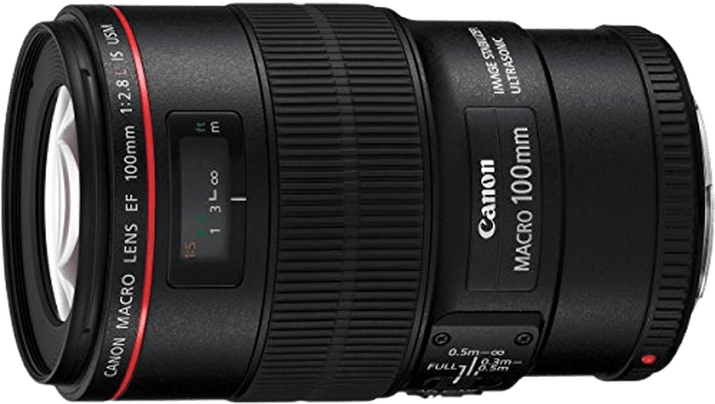
Before we start discussing lenses, let’s find out what macro photography is in the first place.
Macro photography is similar to micro photography. They both concentrate on capturing small objects. The difference is that micro photography focuses on shooting on a micro-level (microbes, cells, etc.). Macro photography is all about capturing objects visible to the eyes.
Micro photography uses strong magnifications, which often involve a microscope. Meanwhile, a macro lens doesn’t do anything to magnify the scene.
A real macro lens needs to have a 1:1 magnification.
So what does that mean? If you photograph a butterfly with 15mm wings, the image projected by the lens onto the sensor should also be the same length.
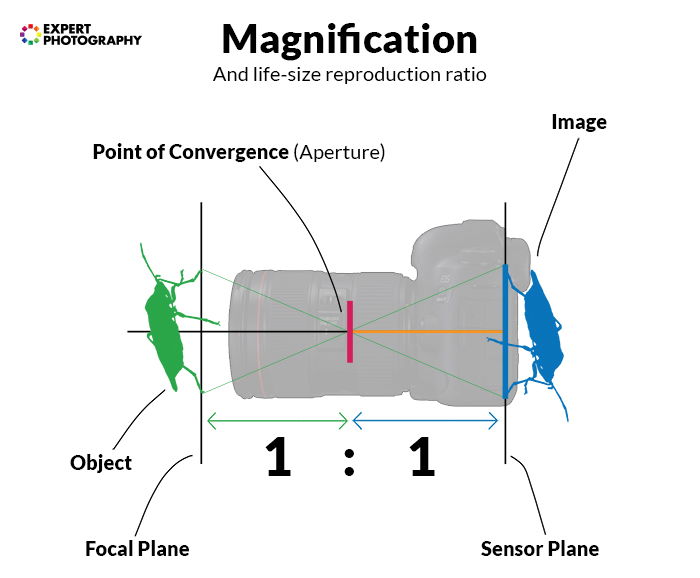
You need to be aware that while some lenses have a macro function, it doesn’t mean that they’re authentic macro lenses.
So how do you know if the one you have isn’t a dedicated macro lens? The secret is to look at the ratio on the barrel. If it says 2:1 or more, then it’s not a real macro lens. Why? Because the 2:1 value indicates the resulting image is twice the size of the object in front of the camera. In other words, that 15 mm wingspan would now be 30 mm when projected onto the sensor.
So how about the difference between a macro lens and a standard lens? Well, apart from displaying subjects as life-size, a macro lens also has a short focusing distance. In other words, it can focus on an object several inches away.
On the other hand, regular lenses have a focusing distance of at least a foot or more. And since they don’t have a 1:1 magnification, the image they project onto the sensor is smaller.
When you buy a macro lens, I recommend checking the maximum magnification ratio. If it’s not 1:1, then it won’t get you accurate macro images.
Of course, that doesn’t mean you can’t use 2:1 versions at all. The only difference is that you can’t call it a real macro image because the ratio isn’t 1:1. Although in visual terms, an average person can’t tell the difference between the two at all.
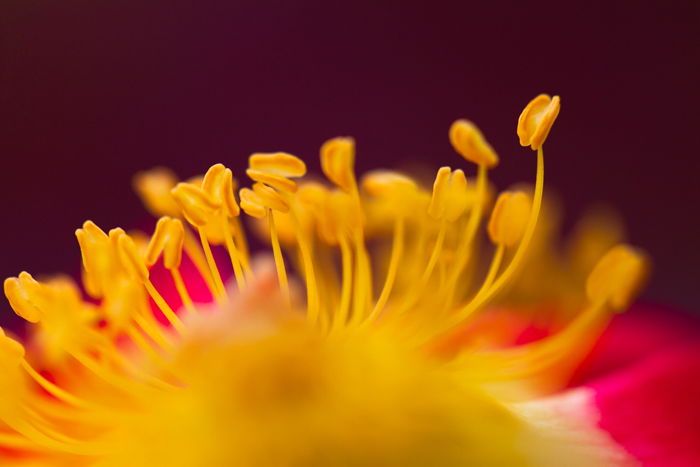
Dedicated macro lenses tend to be incredibly sharp.
Even budget macro lenses produce high-quality images. The old Tamron 90mm f/2.8 macro lens is one of the sharpest options I’ve ever used.
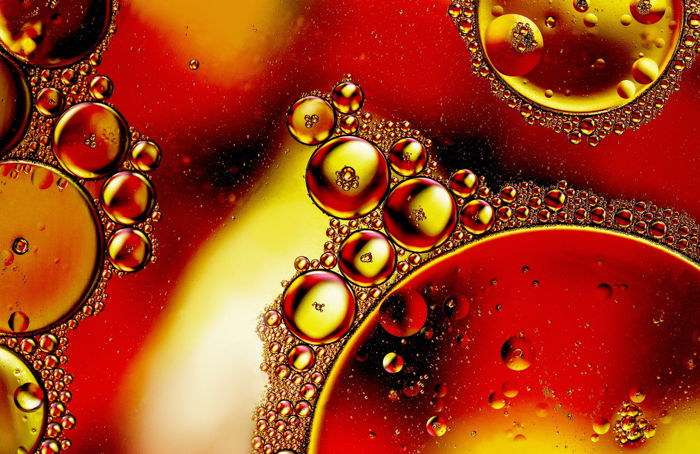
In contrast, standard lenses with a macro filter or other attachments don’t produce the same level of sharpness.
Bokeh refers to the background blur you get in your photos.
What is a macro lens if not a creator of a soft and creamy bokeh that makes the subject stand out from the background.
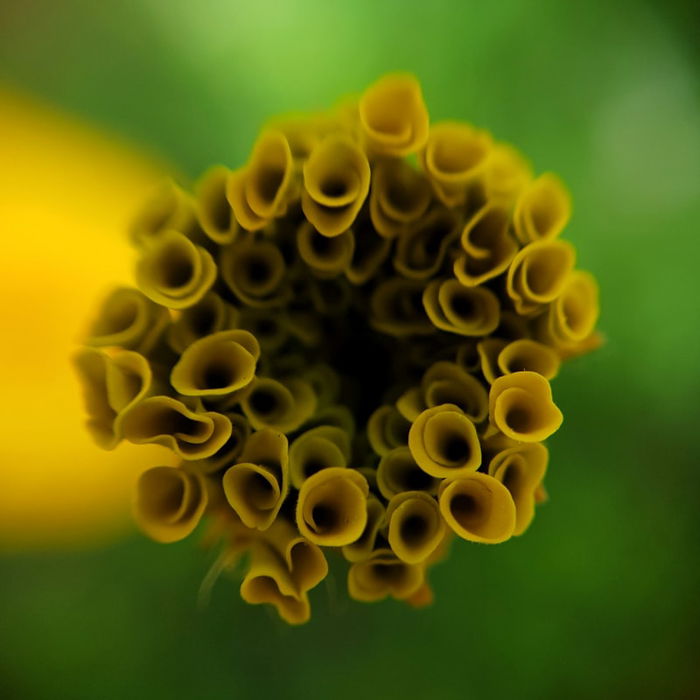
Bokeh comes from using a wide aperture, which produces a shallow depth of field. Since most macro lenses can shoot up to f/2.8, you can guarantee that you’ll get the smooth backdrop you crave.
The 100mm f/2.8L macro lens for Canon and Sigma 105mm f/2.8 are some of the best options that provide the best background blur.
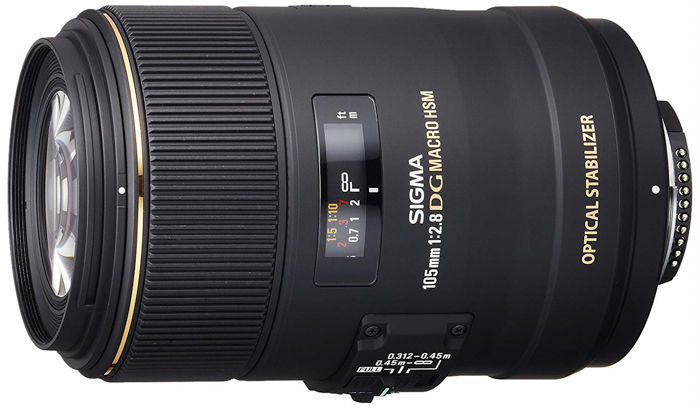
But it’s also worth noting that even if you use a small aperture such as f/16, you’ll still end up with bokeh. The reason for this is that the lens naturally creates background blur when it gets close to a subject. The only difference is that the effect isn’t going to be as prominent with a narrow aperture.
The difference in depth of field between f/2.8 and f/16 is a matter of a few millimetres. But the quality of the bokeh itself will vary depending on the aperture size you choose.
The closer you place your lens to your subject, the more difficult it is to capture sharp images due to camera shake.
Fortunately, many macro lenses have built-in image stabilization, which helps counteract the movement.
But what if you find yourself working with a lens that doesn’t have image stabilization. Most of the budget macro lenses don’t have it. It’s essential to hold your camera in a firm grip with your elbows tucked in. Or better yet, use a tripod to ensure your camera doesn’t move at all while you’re taking pictures.
Dedicated macro lenses are plagued by severe autofocus difficulties. Especially when you’re working so close to your subject.
You see, the autofocus has a hard time pinpointing your desired point of focus when you’re only a few inches away from your subject. Even small movements appear so pronounced that it can cause the lens to hunt for focus.
That’s why I recommend you avoid using autofocus whenever possible. Instead, you should use manual focus to let you achieve sharpness more accurately.
Fortunately, most macro lenses have a well-designed focusing ring. So working with manual focus shouldn’t be too much trouble.
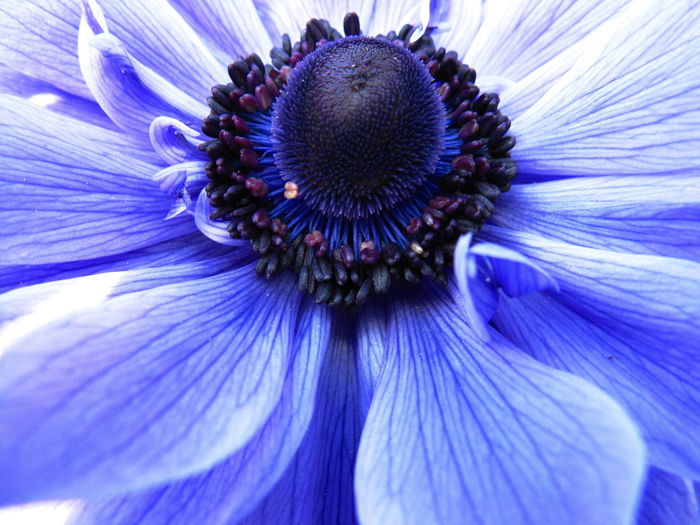
While a macro lens has the fantastic ability to focus up close, its short working distance can cause difficulties.
What is a macro lens’ working distance?
The working distance refers to the gap between your lens and the closest part of your subject. That means if you’re taking photos of a flower, you’ll be so close you might see your shadow. This issue can be frustrating when you’re shooting, especially in golden-hour light.
Fortunately, you can get around this by purchasing a lens with a longer focal length because it let you work farther away.
A 50 mm macro lens has a small working distance that often only spans a few inches. Meanwhile, an option with 180 mm focal length will give you about a foot or even more. In most cases, that would be enough space to let you work without casting shadows or scaring away tiny animals you may want to photograph.
Macro lenses come in three types of focal lengths:
Short, standard, and telephoto.
We’ll discuss what they are and where you can use them for macro photography.
Short macro lenses have a focal length between 35 and 65 mm. Canon offers a 65mm f/2.8 macro lens, as does Nikon and other manufacturers.
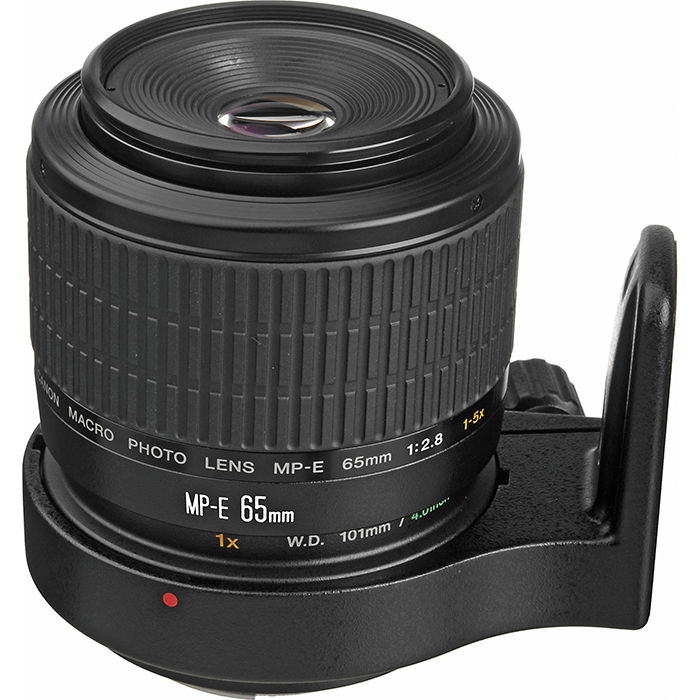
Lenses with a short focal length are small and light, making them perfect for everyday use. But more serious macro photographers tend to avoid them since the short working distance makes them difficult to use.
The focal lengths of standard macro lenses range between 90 and 105 mm. They are the bread and butter of most macro photographers’ toolkits, and we’ll show you why very soon!
Canon’s standard lens has a 100 mm focal length. Meanwhile, Nikon’s version has a focal length of 105 mm. And there are also third-party manufacturers such as Sigma, Tamron, and Tokina. They offer excellent macro photography options (often for cheaper!)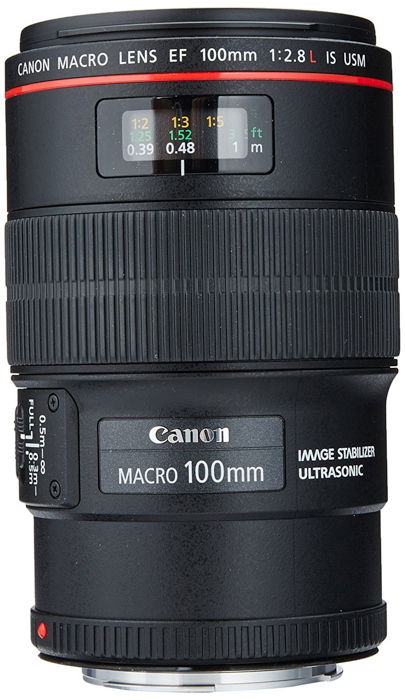
So why do most photographers prefer standard macro lenses with focal lengths between 90 and 100 mm? Apart from being relatively light, they also allow you a decent working distance for close-up shots.
Telephoto macro lenses are the best options for photographers who shoot moving subjects.
If you photograph butterflies or dragonflies, a standard macro lens might scare them off. But a telephoto macro lens lets you take close-up shots without getting too close.
Just remember that the longer your lens focal length, the more you have to worry about camera shake. So I recommend using fast shutter speeds or working with a tripod.
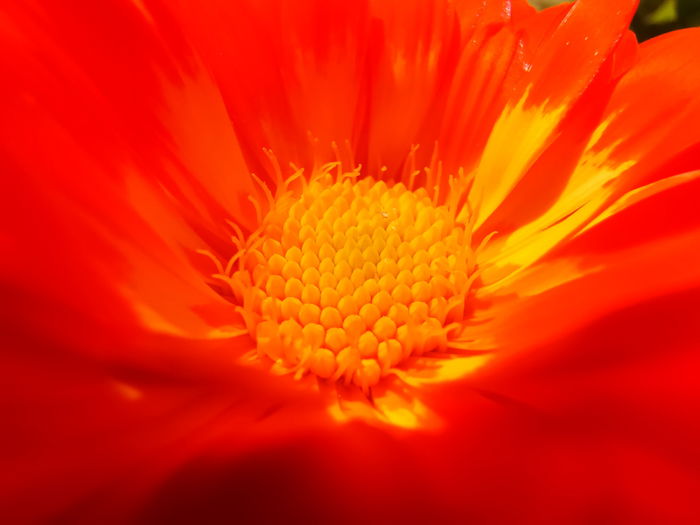
Surprisingly, the answer is yes.
A macro lens works much like a regular one except that it has the extra capability of shooting close-ups.
Apart from macro photography, you can use it to take photos of just about anything. Some photographers even prefer macro lenses when taking portraits because of the impressive bokeh they produce.
Any macro lens would work for portraits. But many like lenses with 100 mm focal length because it tends to create the smoothest bokeh.
Before using your macro lens, figure out its working distance. Depending on the focal length, it could range between a few inches to several feet. Doing so would allow you to estimate where you should position your camera. Otherwise, you’ll find it challenging to get your subject sharp.
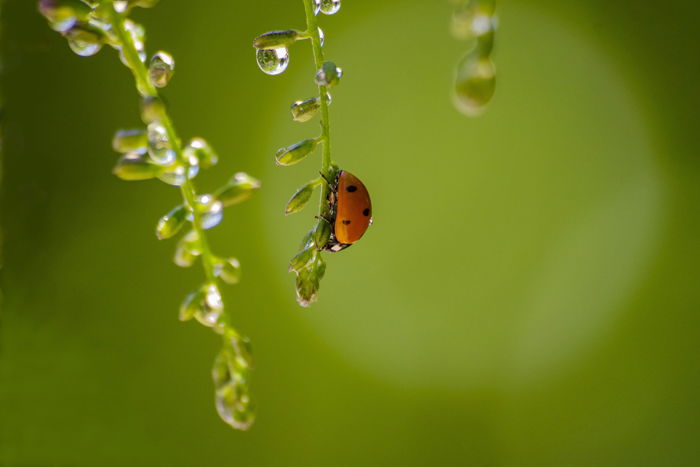
Once you have the camera at the correct distance, you can start using the macro lens as a regular lens. All you have to do is achieve focus, and you’re ready to shoot!
As mentioned before, taking pictures on a macro level causes a super shallow depth of field. So to get the proper areas in focus, you’ll need to keep the camera still. And the best way to do that is to use a tripod.
It would also help to focus manually because macro lenses often have unreliable autofocus function.
If you’re handholding your camera, keep your arms close to your chest to increase stability. Remember that the longer the focal length, the more shaky everything will look in your viewfinder.
To avoid having to adjust the focus ring all the time, slowly move closer to or further from your subject until you find the correct focus point.
As you can see, using a macro lens involves a few technical skills. Experiment with simpler subjects first before doing complicated projects. You’ll be surprised at how much small plants move in the wind, making it hard to focus. Start with stationary objects before you try taking pictures outdoors.
If you see yourself taking a lot of close-up photos, then a macro lens is a fantastic investment to consider. You’ll find that it’s quite useful for anything from nature, food, and even product photography.
There are plenty of excellent Canon macro lenses, Nikon lenses, and even third-party macro lenses out there. Don’t forget to look around and consider the options you have.
If you love macro photography, take our Macro Magic course to take your macro photography to the next level!